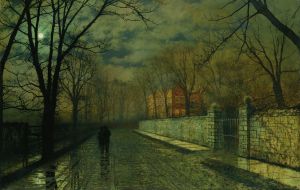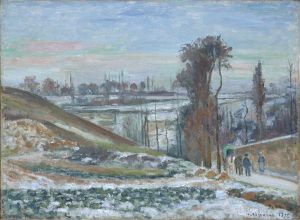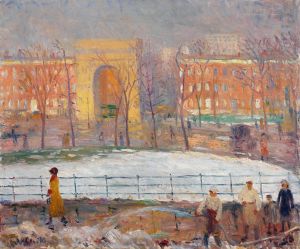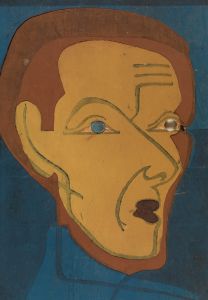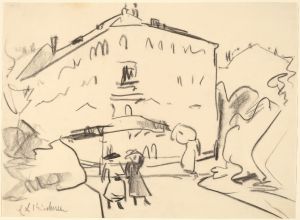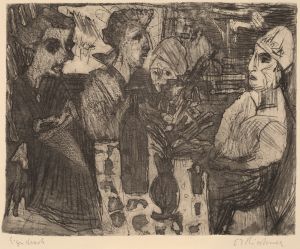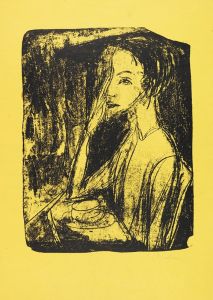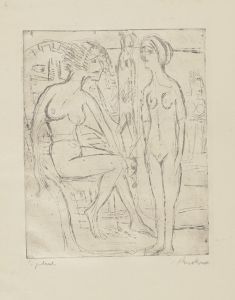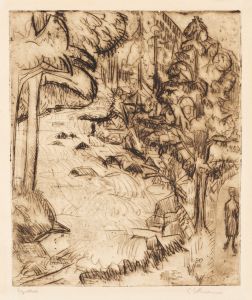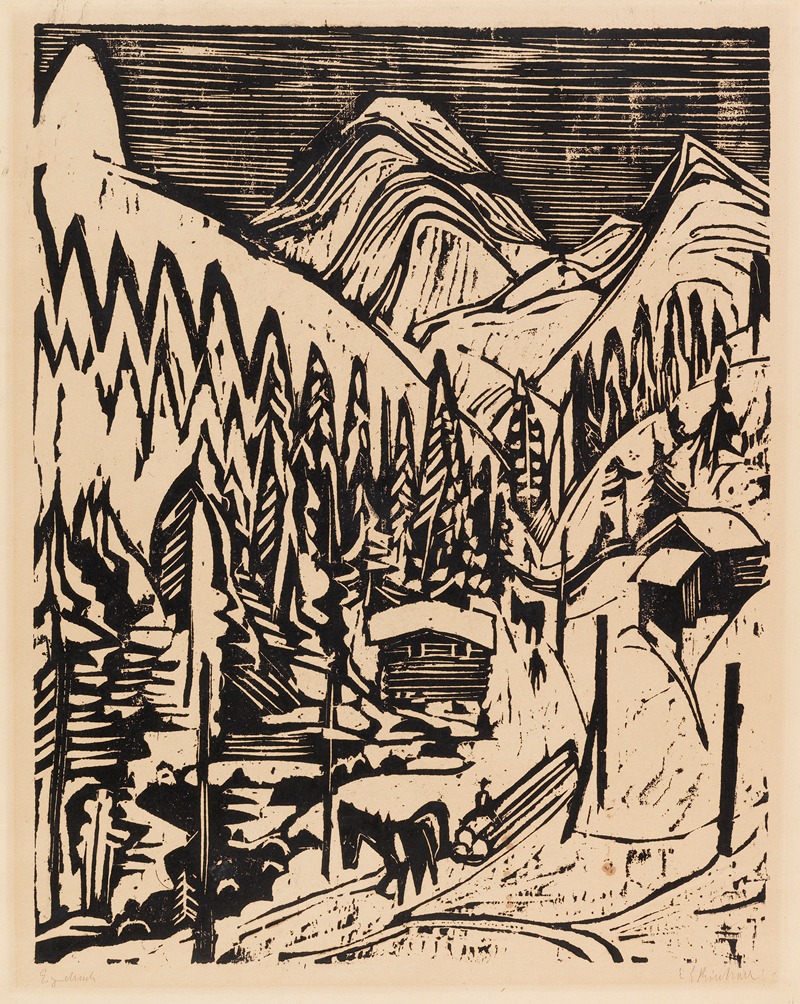
Sertigstraße im Winter
A hand-painted replica of Ernst Ludwig Kirchner’s masterpiece Sertigstraße im Winter, meticulously crafted by professional artists to capture the true essence of the original. Each piece is created with museum-quality canvas and rare mineral pigments, carefully painted by experienced artists with delicate brushstrokes and rich, layered colors to perfectly recreate the texture of the original artwork. Unlike machine-printed reproductions, this hand-painted version brings the painting to life, infused with the artist’s emotions and skill in every stroke. Whether for personal collection or home decoration, it instantly elevates the artistic atmosphere of any space.
"Sertigstraße im Winter" is a painting by the German Expressionist artist Ernst Ludwig Kirchner. Created in 1925–1926, the artwork depicts a winter scene in the Sertig Valley, located near Davos, Switzerland. Kirchner moved to Davos in 1917, seeking recovery from both physical and psychological ailments exacerbated by his experiences during World War I. The Swiss Alps and the surrounding landscapes became a significant source of inspiration for his work during this period.
The painting showcases Kirchner's characteristic style, marked by bold colors, dynamic brushstrokes, and a sense of emotional intensity. In "Sertigstraße im Winter," the snow-covered road and surrounding buildings are rendered in a way that emphasizes the interplay between the natural environment and human habitation. The composition reflects Kirchner's fascination with the harmony and tension between nature and modern life, a recurring theme in his work.
Kirchner's time in Davos marked a shift in his artistic focus. While his earlier works, created during his involvement with the Die Brücke movement, often depicted urban scenes and human figures, his later works increasingly concentrated on landscapes. The isolation and tranquility of the Alpine environment allowed him to develop a more introspective and meditative approach to his art.
"Sertigstraße im Winter" is considered an example of Kirchner's mature style, blending elements of Expressionism with a personal interpretation of the Alpine landscape. The painting captures the stark beauty of winter in the mountains, with its simplified forms and vibrant palette conveying both the serenity and the harshness of the season.
Today, this painting is recognized as part of Kirchner's significant contributions to modern art. It reflects his ability to transform the natural world into a vivid and emotionally resonant visual language. The work is housed in the Kirchner Museum in Davos, which is dedicated to preserving and showcasing the artist's legacy.







